Dassault Rafale: The French Multi-Role Fighter
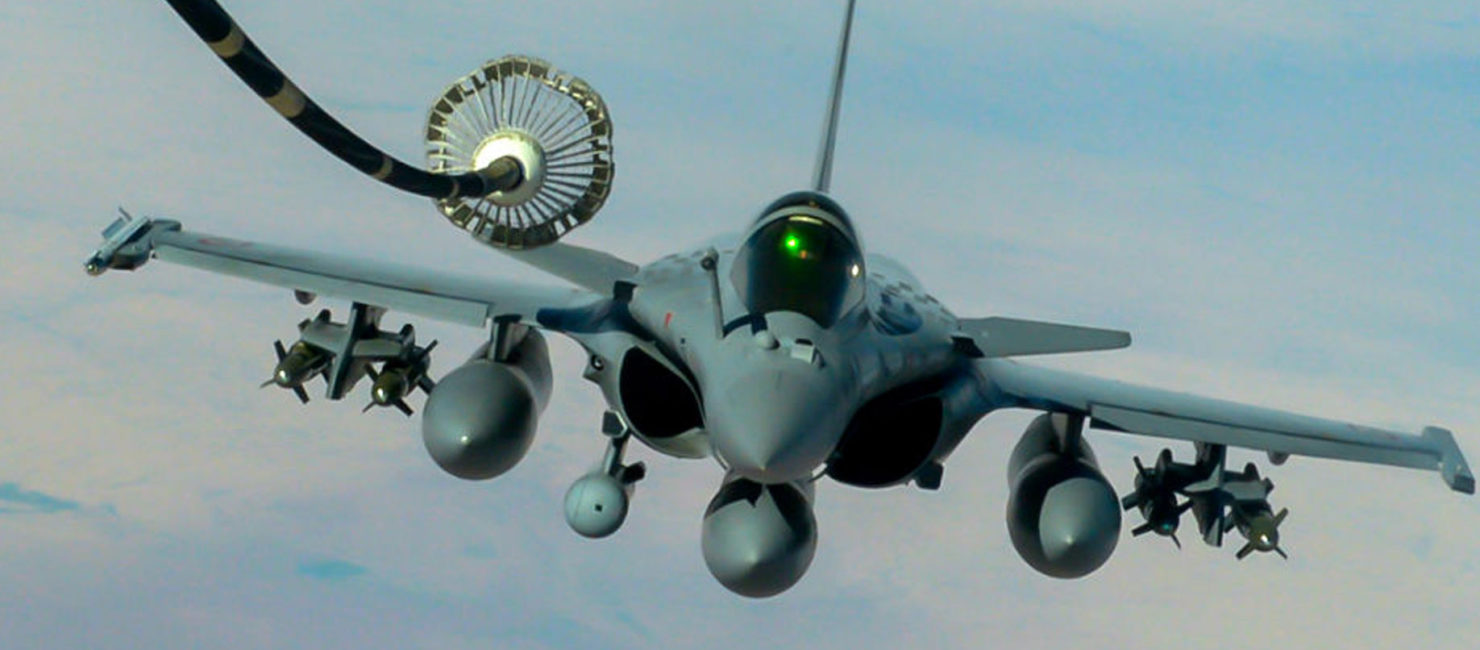
The Dassault Rafale is France’s multi-role fighter. After years of development (beginning in 1985), first delivery of operational Rafales began in 2000 with their naval variant, the Rafale M. The Rafale entered full service in 2004 and has served in multiple roles. With three main variants, it is capable of air superiority, aircraft carrier operations, strategic target destruction, and nuclear deterrence missions.
Firepower And Range:
The twin engine, Mach 1.8 aircraft carries a 30mm cannon, capable of firing 2500 rounds a minute. It is also equipped with 14 external hard points for external fuel tanks, air-to-air and air-to-surface ordnance, including missiles, precision guided bombs, gravity ‘drop’ bombs, and mission specific targeting pods. The Rafale has a combat radius of 1,000 nautical miles, deploying to many modern conflicts including Iraq, Afghanistan, Libya, Mali, and Syria. Beyond the French, Egyptian, Qatari, and Indian Air Forces are all utilizers of the Dassault Rafale.
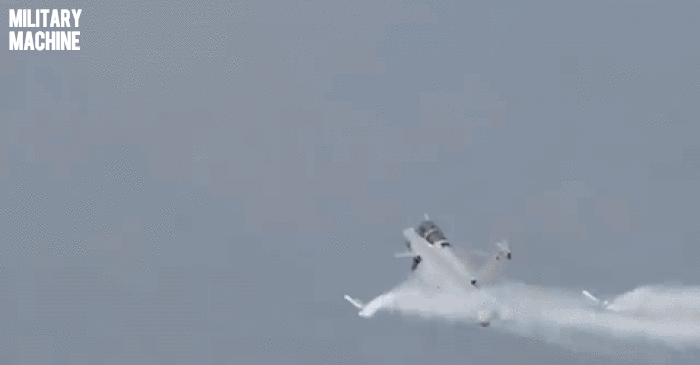
Performance:
The Rafale has two SNECMA M88-2 afterburning turbofan engines. Each of these engines can deliver 11,250 foot-pounds of thrust and up to 17,000 foot-pounds of thrust with afterburners engaged, giving the Rafale a maximum speed of Mach 1.8. It has a combat radius of 1000 nautical miles, but can extend to twice that with three fuel drop tanks mounted on its hard points. The aircraft has a service ceiling of 50,000ft and can climb at an impressive rate of 60,000 feet per minute.
Payload:
The 30mm Nexter 30M791 internal cannon arms the Rafale which fires 2,500 rounds per minute. It also has 14 external hard points (13 on the Rafale-M) for air-to-air and air-to-surface ordnance, as well as fuel tanks and targeting pods. With an external load capacity of 20,000 pounds, the Rafale can conduct both air-to-ground and air-to-air attacks in the same sortie, giving it its multi-role status.
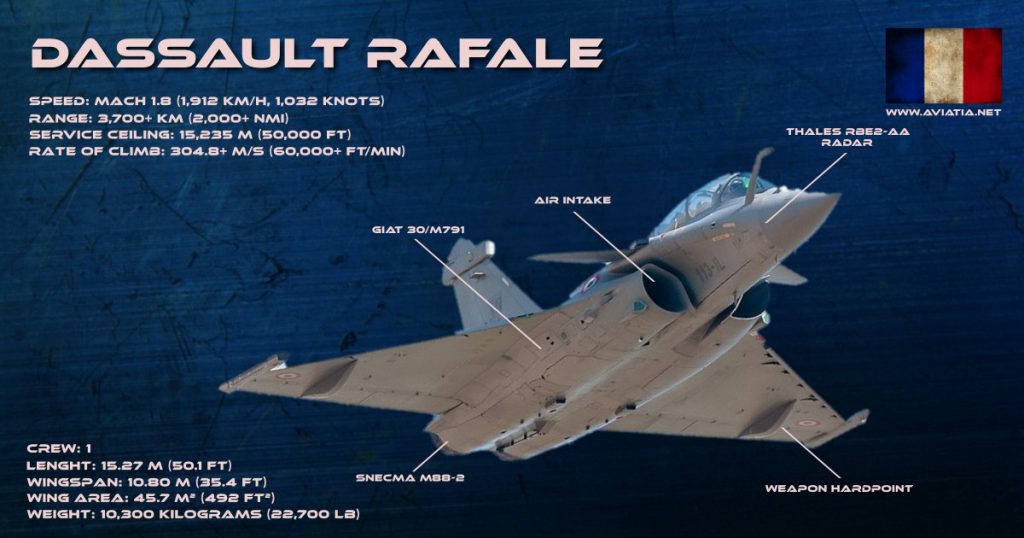
It is capable of firing both heat seeking and active radar homing versions of the MICA air-to-air interception, combat, and self-defense missiles. Furthermore, it can operate the series HAMMER (Highly Agile and Maneuverable Munition Extended Range) rocket-boosted air-to-surface munitions. These include a long-range standoff missile, an anti-ship missile, and laser-guided bombs.
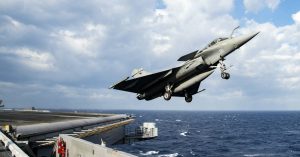
Combat History:
The Rafale has seen combat in most modern conflicts since its deployment in the mid-2000s. It was used to support NATO forces in Iraq and Afghanistan, and took part in the coalition against Libyan forces during the 2011 Libyan Civil War. The Rafale has also been involved in Mali during the French intervention against an attempted takeover by radicals. More recently, the aircraft performed air strikes against ISIS targets in Iraq and Syria.
Variations:
Development of the Dassault Rafale began in 1985, and the first operational aircraft was delivered in 2000. There are three main types of Rafale: the M, B, and C. The Rafale M is the naval version, is aircraft carrier capable, and has one less external hard point than other models. The B is a two seat version of the aircraft and the C is a single seat. During its lifetime, the Rafale has undergone several configurations.
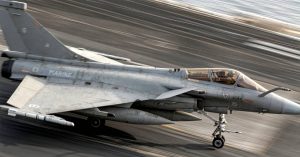
The original F1 configuration was found in the Rafales first delivered to the Marine Nationale in 2000. Entering full service in 2004, these models were an upgrade to the French Navy’s existing aircraft, but were limited to an air superiority role. All surviving F1s have been upgraded to F3.
All Rafales delivered since 2008 have been in configuration F3, and most F1s and F2s have been upgraded to this standard. With the F3 standard comes the ability to carry air-launched nuclear missiles. This advancement allowed the Rafale to replace the older Mirage 2000N in that role. The F3 configuration also includes full integration of the Reco NG reconnaissance pod and full integration of the Damocles surveillance and laser targeting pod. Damocles equipped Rafales were used in Libya in 2011. F3 Rafales also received a massive leap forward in radar technology. These targeting and radar advancements allow Dassault Rafale F3s to operate independently, as opposed to their predecessors in the F2 configuration.
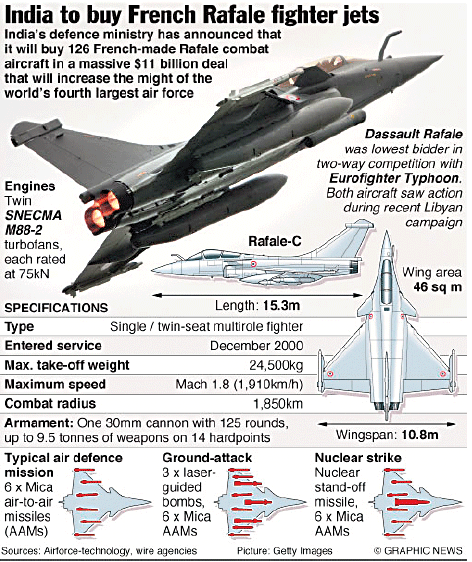
Export Opportunities:
The Dassault Rafale is not an aircraft for France alone. While French Armed Forces are planning to purchase a total of 294 Rafales, other nations have also purchased the multi-role fighter. Egypt has ordered 24 Rafales and received their first delivery in 2015. Qatar has also ordered 24. As the Qatari military has a need to replace their older Mirage fighters and Alpha Jet light aircraft, this number is expected to increase to 72 over time (should Dassault beat out the competition).
In September 2016, India and France signed contracts for 36 Dassault Rafale fighters, due to be delivered over the next 6 years. While current exports are promising, Dassault faces heavy competition with the Eurofighter Typhoon and other multi-role aircraft. Current French spending and investment into the Rafale program offsets other defense budgetary needs, putting France at risk if Dassault is not able to leverage larger and more frequent export contracts.

